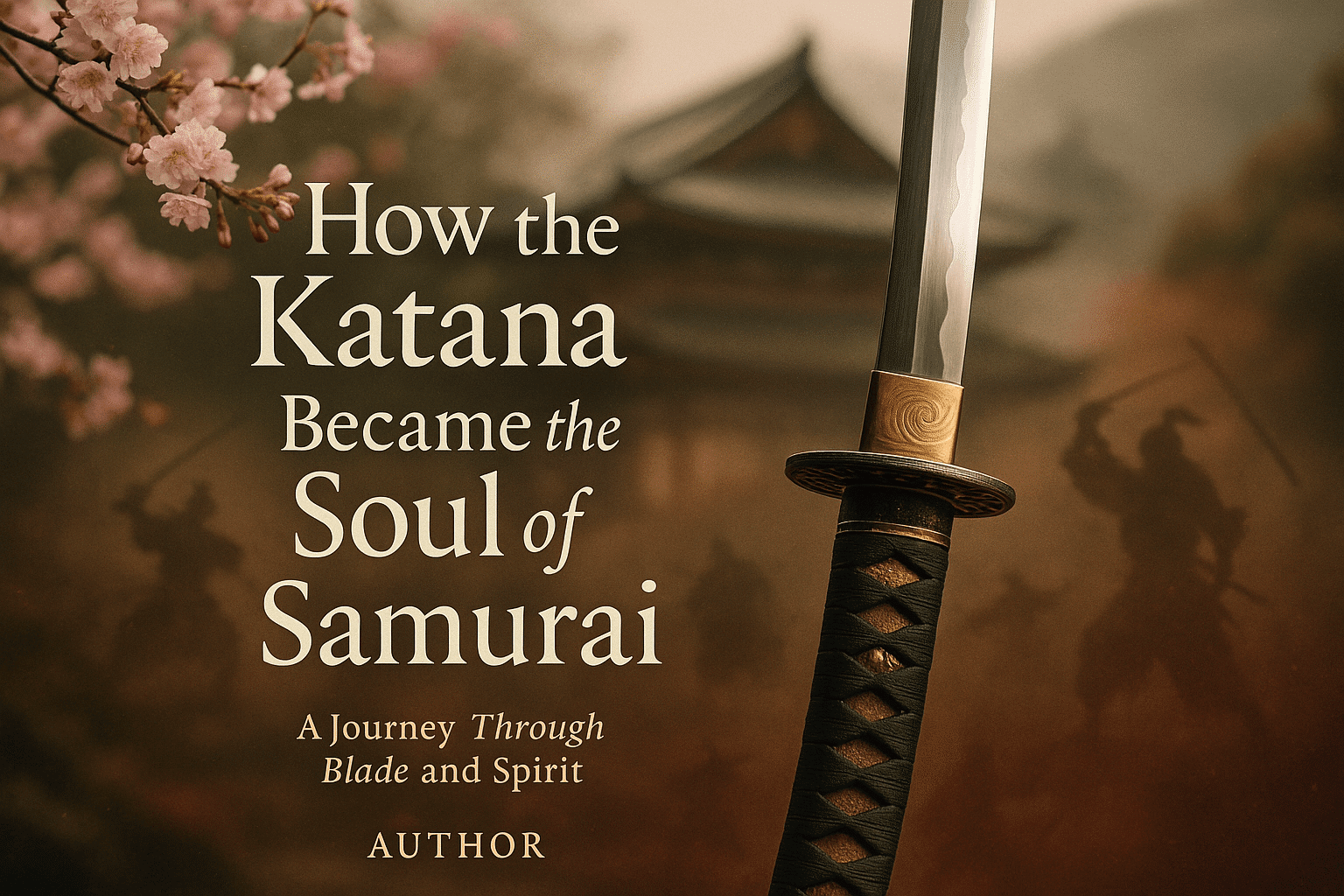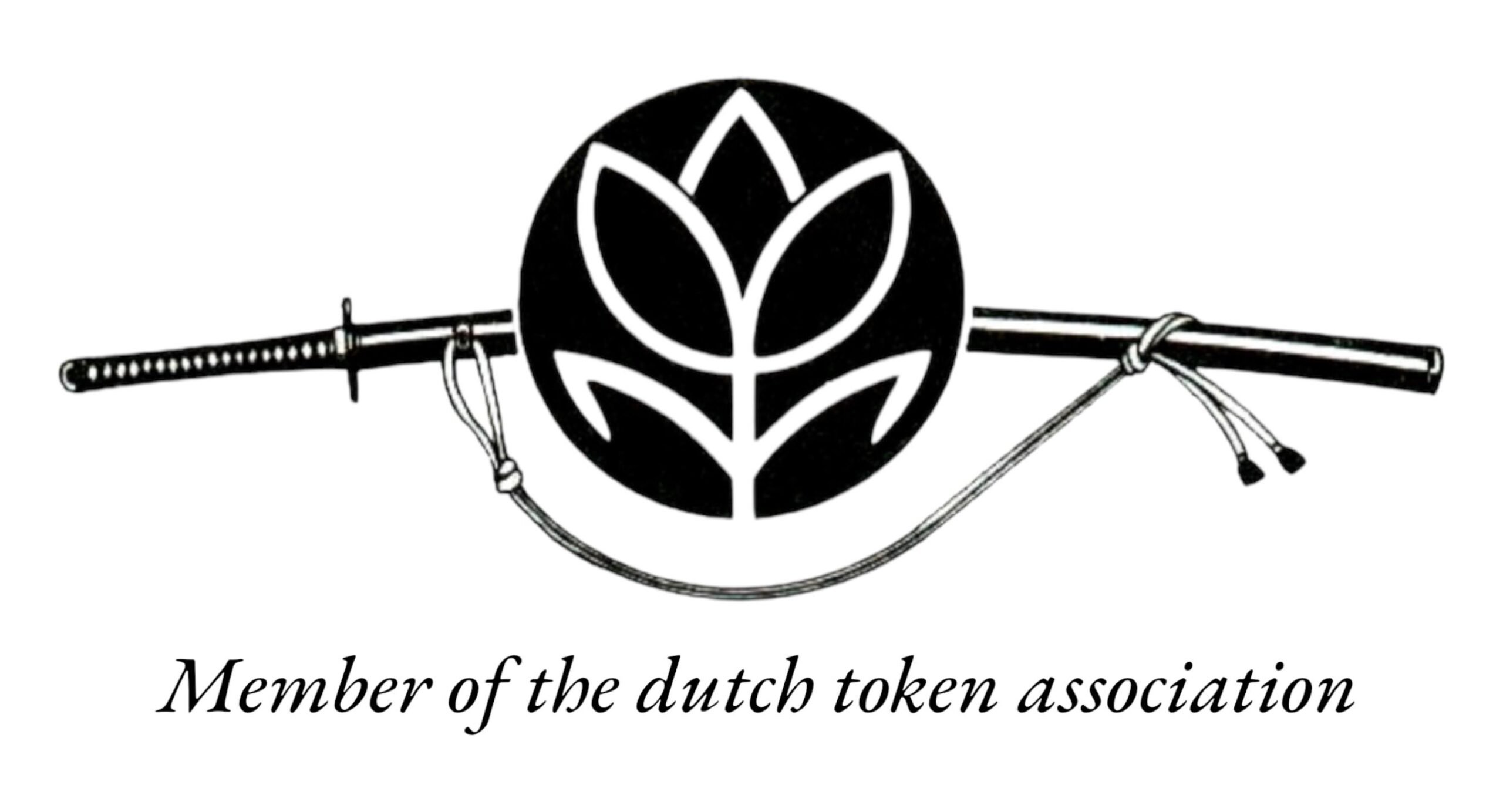Introduction: Blade and Spirit
More than just a finely honed weapon, the katana embodies the essence of the samurai spirit—elegance fused with lethal purpose. With its distinctive curved blade and refined craftsmanship, the katana was not simply an instrument of war; it was a reflection of its wielder’s soul. Rooted deeply in Bushidō, the samurai code of honor, the katana carried the weight of loyalty, discipline, and inner resolve. Worn edge-up, close to the body, it was a constant companion—a silent guardian and a visible testament to one’s status, duty, and personal code. In understanding the katana, we uncover more than the artistry of a blade; we unveil the spiritual and cultural legacy of Japan’s warrior class.
Forged in Fire, Born of Ritual
The katana is far more than a weapon—it is a sacred artifact, crafted through centuries-old techniques that blend artistry, metallurgy, and deep spiritual reverence. Its forging begins with tamahagane, a special steel smelted from iron sand in a traditional clay furnace called a tatara. Master swordsmiths select and fold the metal repeatedly—often up to 16 times—to purify it, remove impurities, and create the katana’s signature layered grain. Each strike of the hammer is deliberate, each fold part of a ritual passed down through generations.
The process continues with differential hardening: the blade is coated in a special clay mixture, then heated and quenched in water. This produces the katana’s distinct curve and the beautiful hamon—a visible line that marks the transition between hard, cutting edge and flexible spine, balancing strength and resilience.
But the katana’s creation is not purely physical. Swordsmiths often cleanse themselves before beginning work, viewing the act of forging as a spiritual offering to the gods. Once complete, the sword undergoes a naming ceremony and is treated with the same respect as a living being. For the samurai, the katana embodied not just their martial skill but their honor, discipline, and soul—making it a symbol of both personal and cultural identity.
A Warrior’s Companion
To a samurai, the katana was not merely a weapon—it was an extension of the self, a steadfast companion shaped by fire, folded steel, and centuries of tradition. From the earliest stages of training, a warrior’s connection to his blade was forged through countless hours of practice—every draw, cut, and stance reinforcing discipline, focus, and control. It was not enough to wield the katana skillfully; the samurai had to embody its refined balance, its deadly grace.
This bond extended beyond physical mastery. The katana symbolized a code of conduct—bushidō—that governed every aspect of a samurai’s life. Integrity, respect, courage, honor, compassion, honesty, and loyalty were not abstract ideals; they were etched into every strike of the blade. A katana was carried not to kill indiscriminately but to uphold justice and protect the helpless, to act with resolve when duty called.
Even in moments of silent meditation or ceremonial rites, the sword remained nearby—an ever-present reminder of the warrior’s purpose and moral framework. It bore witness to moments of triumph and sacrifice, its presence a constant source of reflection and resolve.
In life and in death, the samurai’s katana stood beside him. It was more than steel—it was soul.
The Way of the Sword: Kenjutsu and Bushidō
For the samurai, mastering the katana was not merely physical—it was a spiritual endeavor rooted in centuries-old traditions of Kenjutsu and Bushidō. Kenjutsu, the classical art of Japanese swordsmanship, demanded more than technical prowess; it cultivated discipline, presence, and a sharpened mind. From the dojo to the battlefield, each strike and stance embodied the warrior’s relentless pursuit of perfection.
Yet swordsmanship alone did not define the samurai. It was the guiding force of Bushidō—the “Way of the Warrior”—that gave their martial skill purpose. This code of ethics emphasized loyalty, honor, courage, and self-sacrifice. A samurai’s blade was seen as a reflection of their soul, and wielding it responsibly required a life of moral refinement.
As Kenjutsu evolved through centuries of conflict and change, its techniques intertwined with Bushidō’s ideals, forging an inseparable bond between action and principle. The sword became not just a weapon, but a symbol of inner integrity, shaped by discipline and guided by honor. In this synthesis of form and philosophy, the katana truly emerged as the soul of the samurai.
In Life and Death
The katana was more than a weapon—it was an extension of the samurai’s spirit, shaping their identity in moments of battle and in acts of solemn resolve. On the battlefield, the curved blade of the katana was prized for its speed, precision, and deadly effectiveness. Wielded with masterful technique, it became emblematic of the samurai’s courage and skill, cutting through armor and down enemies with a fluid, almost poetic grace.
But the katana’s role did not end in combat. It held a deeper, spiritual significance in the ritual of seppuku—an honorable suicide reserved for samurai to preserve their dignity in defeat or atone for failure. In the act itself, the katana (or its companion blade, the wakizashi) was used in a calculated gesture of sacrifice, embraced with serene determination. This ritual, witnessed by a trusted second who would swiftly end the suffering, symbolized the unwavering commitment of the samurai to honor above life.
Through the act of taking life in battle and surrendering one’s own in ritual, the katana became a poignant symbol of the samurai’s ultimate devotion to their code—where both living and dying were acts of valor.
Symbol Beyond Combat
While forged for battle, the katana’s legacy extends far beyond the battlefield. During Japan’s long periods of peace, particularly in the Edo period (1603–1868), the sword evolved from a mere weapon into a profound cultural symbol. No longer needed for daily combat, the katana took on a deeper significance as a reflection of a samurai’s identity, inner discipline, and moral code.
Owning a katana became an exclusive right of the samurai class, distinguishing them socially and spiritually from commoners. It wasn’t simply worn—it was revered. The sword represented personal honor, loyalty, and the unspoken covenant between warrior and society. Samurai were expected to live by the principles of bushidō, which emphasized virtues such as integrity, restraint, and respect. The katana, therefore, was not just an armament but a constant reminder of these ethical duties.
In art, poetry, and ritual, the katana featured prominently as a symbol of purity and purpose. Swordsmithing itself became a spiritual craft, with blades often believed to house the spirit of their maker and the essence of the warrior. Through its transformation, the katana transcended its functional origins and came to embody the very soul of the samurai: disciplined, honorable, and unwavering—even in peace.
Legacy of the Living Blade
Even centuries after the era of the samurai, the katana remains a powerful emblem of discipline, honor, and cultural identity. In martial arts, it continues to be more than just a weapon—it is a tool for cultivating focus, precision, and respect. Disciplines like Kendo, Iaido, and Kenjutsu preserve the practice and philosophy surrounding the katana, transmitting ancient teachings to new generations.
In modern pop culture, the katana has transcended borders, appearing in films, video games, and graphic novels as a symbol of mastery and mystique. From iconic samurai films by Akira Kurosawa to characters like Kill Bill’s Bride or The Walking Dead’s Michonne, the blade captures audiences with its lethal elegance and spiritual depth.
More than a relic, the katana endures as a metaphor for inner strength and refinement. Its curved steel still speaks to the idea of constant self-improvement—shaped by fire, folded through hardship, and sharpened to perfection. As the soul of the samurai, the katana reflects a timeless legacy that continues to inspire those on the path of discipline and integrity.





